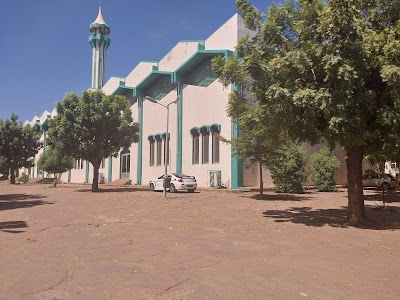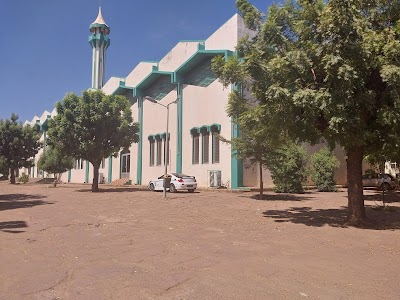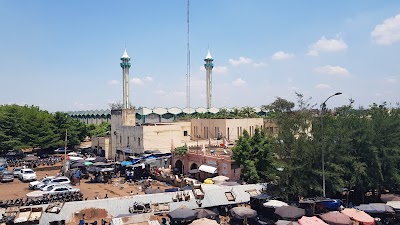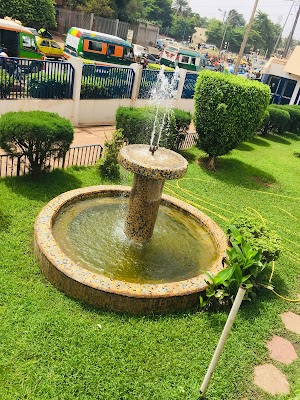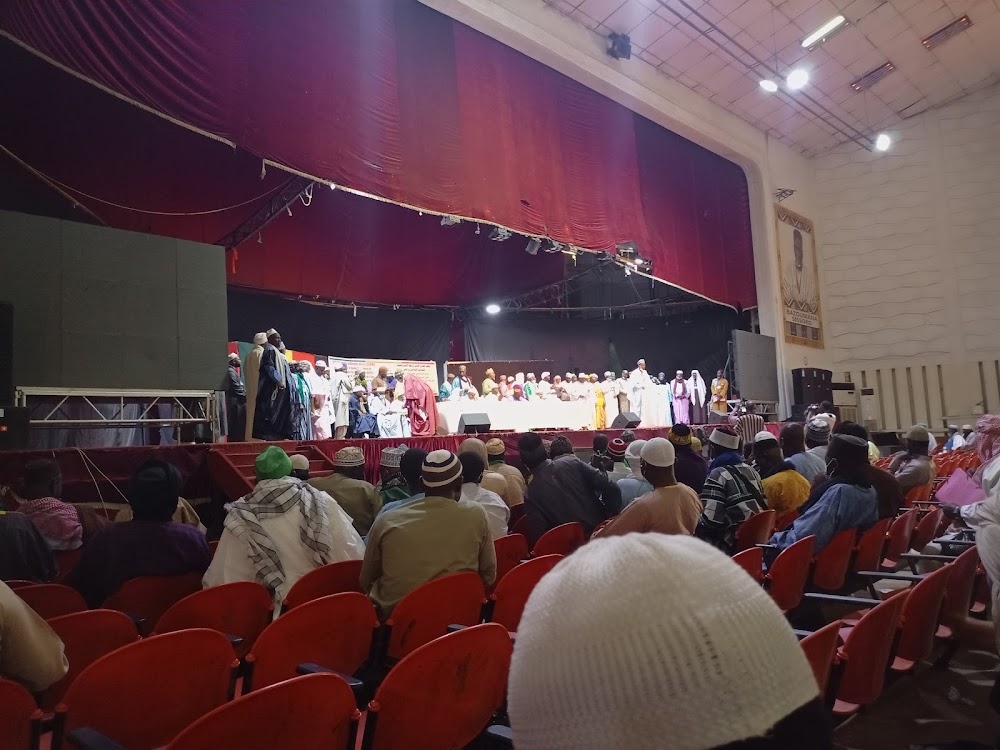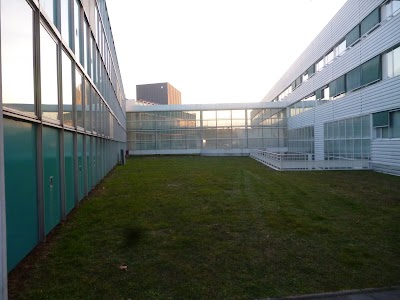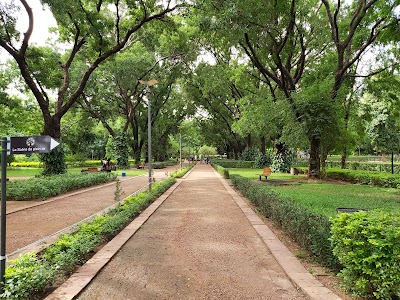Grand Mosque of Bamako (Grande Mosquée de Bamako)
Overview
The **Grand Mosque of Bamako** is a stunning jewel nestled in the heart of Mali's capital, Bamako. This magnificent structure stands as a testament to the country’s rich Islamic heritage and architectural brilliance. Located in the bustling Commune III area, the mosque serves not only as a place of worship but also as a powerful symbol of spiritual unity and cultural identity. For visitors eager to delve into Mali's cultural and religious tapestry, the Grand Mosque offers a profound glimpse into the soul of Malian society.
Historically, Mali has been a melting pot of diverse cultures and religions, with Islam playing a pivotal role since the 11th century. Constructed in the 1970s, the Grand Mosque is a relatively recent addition to the urban landscape, yet it embodies centuries of Islamic tradition. The mosque was built through a community effort, funded by both the Malian government and international donors, reflecting the cooperative spirit that is central to Malian culture.
One of the first features that captivates visitors is the mosque’s breathtaking architectural design. The Grand Mosque beautifully blends traditional Sudano-Sahelian and contemporary architectural elements. Its striking minarets tower above the city skyline, adorned with intricate geometric patterns and elegant calligraphy, creating a mesmerizing visual experience. The mosque’s whitewashed walls and spacious courtyard resonate with the minimalist yet grand design principles seen in many West African mosques.
As you pass through the gates, a serene ambiance envelops you. The courtyard, often bustling with worshippers and visitors alike, serves as a communal space where locals gather to pray, converse, and socialize. This open area is not just for worship; it is a vibrant hub of community life, particularly during Friday prayers and religious festivals.
The interior of the mosque is equally impressive. The expansive prayer hall accommodates thousands of worshippers, making it one of the largest in the region. Adorned with exquisite chandeliers and lush carpets, the hall enhances both the spiritual and aesthetic ambiance. The mihrab, a beautifully decorated niche indicating the direction of Mecca, serves as the focal point during prayers. Additionally, the intricately carved pulpit, or minbar, from which the imam delivers sermons, exudes historical significance and artistic excellence.
An intriguing aspect of the Grand Mosque of Bamako is its integral role in the daily lives of the city's residents. Beyond its religious functions, the mosque serves as an educational center, where Islamic teachings are imparted to younger generations. Regular Quranic recitation sessions and classes are held within its walls, ensuring that the teachings of Islam endure through the ages. For tourists, witnessing these sessions can provide a deeper understanding of local culture and religious practices.
The mosque also serves as a focal point during significant Islamic festivals such as **Eid al-Fitr** and **Eid al-Adha**. During these times, the Grand Mosque becomes a hive of activity, with thousands of worshippers coming together to celebrate, pray, and partake in communal feasts. Such events offer a unique opportunity for tourists to experience the profound sense of community and spirituality that binds the people of Bamako.
For photography enthusiasts, the Grand Mosque presents numerous opportunities to capture its grandeur. The striking contrast between the mosque’s white walls and the vibrant blue sky, especially during sunset, creates a breathtaking sight. The lively markets surrounding the mosque add a dynamic element to photographs, showcasing it as a vibrant centerpiece of urban life in Bamako.
Visiting the Grand Mosque also allows for exploration of the surrounding Commune III district, a lively neighborhood filled with shops, cafes, and markets. Here, tourists can engage with local artisans, purchase souvenirs, and savor traditional Malian cuisine, creating a well-rounded cultural experience.
In conclusion, the **Grand Mosque of Bamako** is more than just an architectural wonder; it stands as a beacon of faith, culture, and communal harmony. Its historical significance, coupled with its role in the daily lives of the local people, makes it a must-visit destination for anyone traveling to Bamako. Whether you are a history buff, an architecture enthusiast, or someone seeking to understand the spiritual fabric of Mali, a visit to the Grand Mosque will undoubtedly leave a lasting impression.


